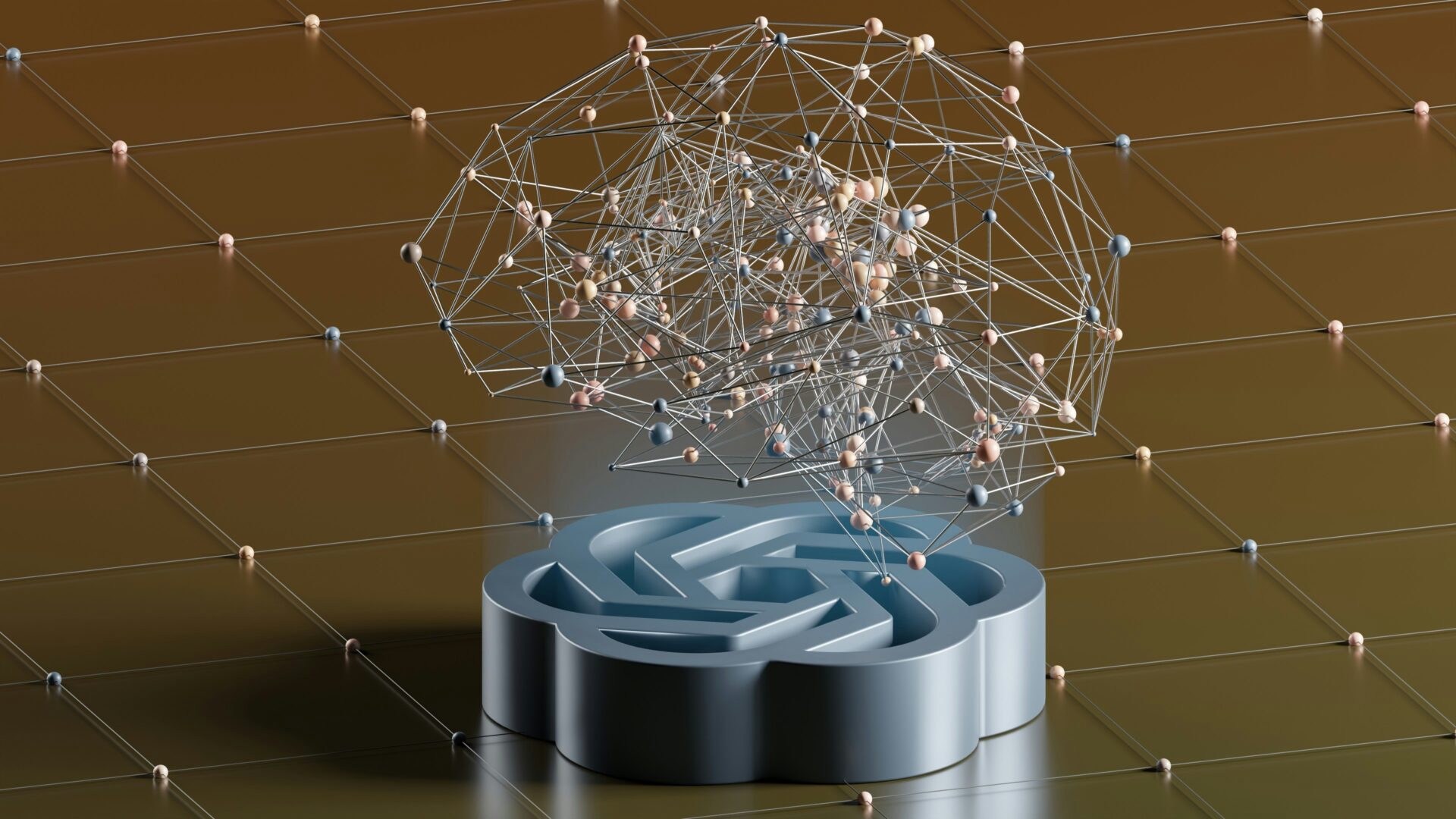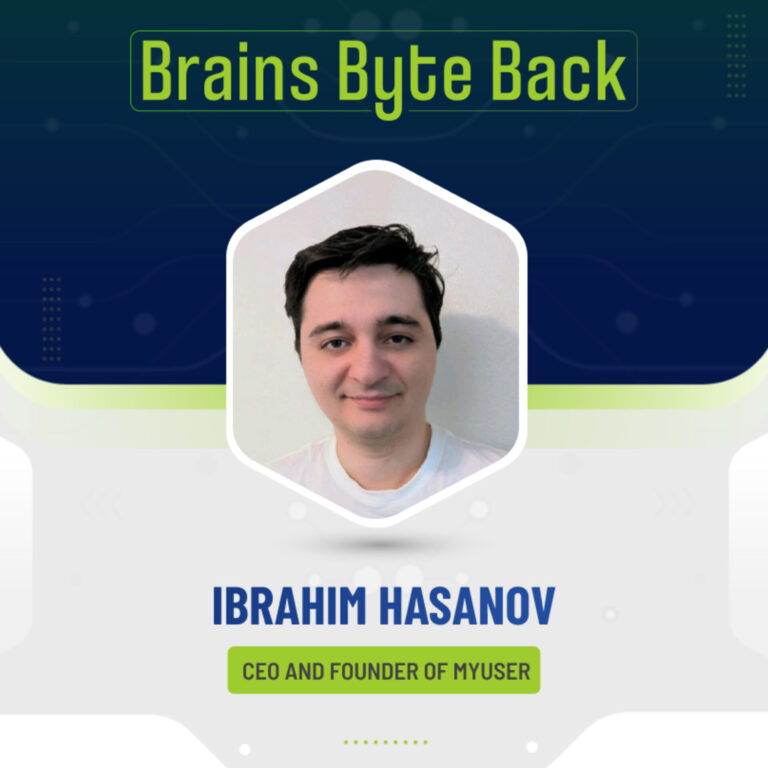The cloud has transformed businesses’ operations, offering unparalleled scalability, agility, and cost-efficiency. But with this digital transformation comes a heightened responsibility to secure vast amounts of data and applications across complex cloud environments. Security Operations teams (SecOps) are on the front lines of this ongoing battle, and as cyber threats evolve in sophistication, traditional security methods are often stretched thin.
However, this is where AI steps in as a powerful game-changer. By leveraging AI’s analytical prowess and automation capabilities, SecOps teams can significantly bolster their cloud security posture. And with 69% of IT professionals believing that AI will be necessary to respond to future cyber attacks, the urgency to implement AI into SecOps has never been more vital.
In this article, we’ll delve into the intersection of AI and SecOps, discovering the practical steps for successful AI implementation in SecOps frameworks, how AI augments a business’s security capabilities, and the tangible benefits it brings to the table. Let’s get started.
Practical steps for AI implementation
AI offers SecOps many benefits that lead to enhanced cloud security, but knowing how and where to start can be unclear for CISOs. In fact, Darktrace’s State of AI Cybersecurity research report found that “only 26% of security professionals report a full understanding of the different types of AI in use within security products.”
So, here’s a breakdown of practical steps to leverage AI for a more robust SecOps environment and enhanced cloud security:
Identify AI-powered opportunities: The first step is pinpointing areas within your SecOps workflow where AI can provide the most value. Look for repetitive tasks, data analysis bottlenecks, or security blind spots where AI can augment human capabilities.
For instance, imagine your SecOps team spends significant time sifting through security logs from various cloud resources, searching for anomalies—which is slow and error-prone. By implementing an AI-powered log analysis tool, you can automate the initial filtering of logs and identify potential threats based on predefined rules and historical data. This frees up your analysts to focus on investigating the truly high-risk events flagged by the AI, improving overall efficiency.
Evaluate AI security tools: Next, explore the security landscape and research AI-powered tools that align with your specific cloud environment and security needs. Consider factors like scalability to handle future growth, ease of integration to minimize disruption, and the tool’s effectiveness in threat detection and response.
One popular example includes Microsoft Azure Sentinal, a cloud-native security information and event management tool that leverages machine learning (ML) for advanced threat hunting and security analysis. This caters to companies with a well-established security posture, as Sentinel’s capabilities extend beyond fundamental log analysis. Skilled security analysts are needed to interpret its insights and investigate potential incidents effectively.
Another option is AWS GuardDuty, which also leverages ML and analyzes security logs to pinpoint suspicious activity. This automated approach suits companies with expanding cloud environments or limited security resources. It doesn’t require a large SecOps team or extensive threat-hunting expertise, making it easier to manage.
Pilot and integrate for success: Don’t jump straight into full-scale deployment. Begin with a pilot project to test and evaluate your chosen AI SecOps solution in a controlled environment. This allows you to assess its effectiveness and identify any integration challenges before fully integrating it into your existing security infrastructure.
Upskilling the human firewall: AI automates tasks and streamlines processes, but human expertise remains irreplaceable. Invest in training your SecOps team to leverage AI effectively. Empower them for tasks like threat hunting and incident response, and use AI insights to improve your overall security posture continuously. By combining human expertise with AI’s capabilities, you can create a robust and comprehensive security strategy for your cloud environment.
How AI supercharges SecOps tools
SecOps teams are inundated with a constant stream of security alerts, making it challenging to distinguish genuine threats from false positives. This strains resources and slows down response times to attacks. In fact, manual alert triage costs US organizations $3.3 billion annually.
To help counter this, SecOps teams can leverage AI, which is now being integrated into various SecOps tools such as user and entity behavior analytics, endpoint detection and response, network traffic analysis, and threat intelligence platforms.
The AI models within SecOps tools work by collecting vast amounts of data from various sources within an organization’s IT infrastructure. This data can include network traffic logs, system configurations, user activities, and threat intelligence feeds. Once the data is collected, AI algorithms process and analyze the data to identify patterns, anomalies, and potential security threats.
In particular, AI excels at spotting unusual activity. It can analyze data points like user login attempts and file access patterns to identify deviations from established baselines. These deviations could indicate potential security incidents. The Cost of a Data Breach Report 2023 found that companies using extensive security AI and automation tools contained breaches 108 days faster than those who did not.
Furthermore, AI can be trained on historical data about known threats. This allows it to identify characteristics associated with specific cyberattacks and use those models to flag similar activity in real time, making it an ideal fit for threat modeling.
Optimized resource allocation and faster incident response: The transformative benefits of AI-powered SecOps
AI and its keen analytical eye can be applied to various instances within SecOps, but one of the key advantages is optimizing resource allocation. While SecOps teams traditionally rely on standardization, security orchestration, automation, and response platforms, along with meticulous tracking for resource allocation, these methods can struggle with the ever-increasing volume and complexity of security data.
However, the analytical skills of AI goes beyond traditional methods. AI can analyze vast amounts of security data, using ML for threat prioritization and resource mapping, optimizing resource allocation in a way that conventional methods simply cannot.
Moreover, companies already utilizing standardization and automation are well-positioned to leverage AI with well-defined processes and data. These existing practices serve as stepping stones for implementing AI-powered SecOps solutions.
AI can automate many time-consuming and repetitive tasks currently handled by SecOps personnel, including log analysis for anomaly detection, vulnerability scanning, and prioritization. Automating these tasks helps reduce human error and burnout while freeing up valuable time for SecOps professionals to focus on more strategic initiatives like threat hunting, incident response planning and improvement, and security architecture review and optimization.
Response times to security incidents can also be significantly improved with help from AI. Traditional SecOp methods often rely on manual analysis of security logs and alerts, leading to delays in identifying threats. AI can analyze vast amounts of data in real time, identifying anomalies and suspicious activity much faster than humans. By prioritizing these threats based on severity and potential impact, AI ensures that SecOps teams focus on the most critical incidents first.
AI can even go one step further as AI-powered SecOps solutions can automate initial response actions for low-level threats. This includes tasks like isolating compromised systems, blocking malicious traffic, or initiating basic containment measures. Automating these initial steps saves valuable time for SecOps personnel, allowing them to focus on investigating and remediating high-priority threats.
Wrapping up
The future of cloud security is undoubtedly intertwined with AI. By automating routine tasks and augmenting human capabilities, AI empowers security teams to stay one step ahead of adversaries. The journey towards AI-powered SecOps is not just a destination but an ongoing evolution towards greater resilience, agility, and trust in the digital age.
By Sashank Purighalla, Founder and CEO of BOS Framework

This article includes a client of an Espacio portfolio company












